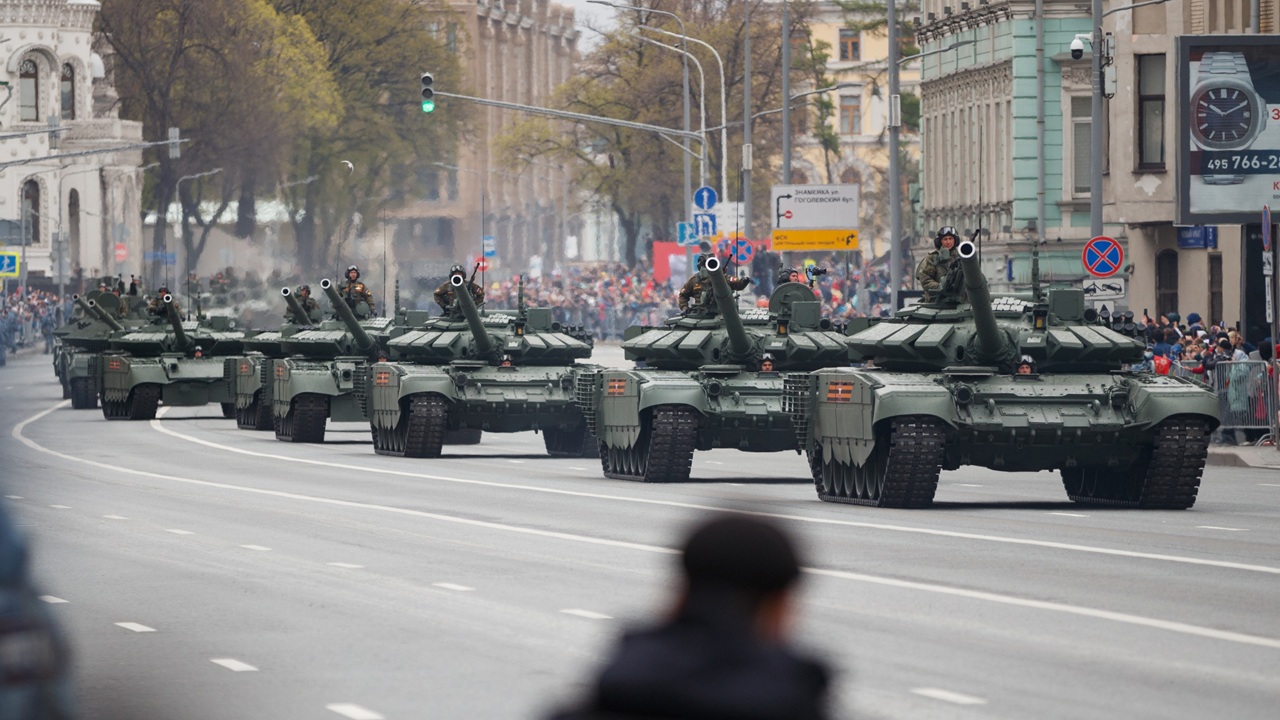
Three Years Into the Ukraine War, Russia’s Army Is Stronger Than Ever
Last year, the Russian forces lost over 400,000 men in the fighting. But they managed to replace losses on an almost one-to-one ratio.
Since the early morning hours of February 24, 2022, the Russian armed forces have engaged in the largest conflict on European soil since the end of World War II.
Of course, when Russian President Vladimir Putin and his intelligence and military advisers decided to launch the full-scale invasion of their neighbor, they did not expect that the conflict would last so long. Indeed, according to information that came out later, the Russian leadership believed that the “special military operation” in Ukraine would last anywhere between three days and two weeks. The Kremlin reportedly anticipated the quick collapse of the Ukrainian military and a friendly reception from Ukraine’s Russian-speaking eastern half. It received neither.
After more than three years of bitter fighting and over one million casualties on both sides, it is clear that Putin’s intelligence officers were wildly off the mark. But what is the condition of the Russian military today after over 1,000 days of fighting? Surprisingly to many—and unfortunately for Kyiv—the Russian military is reconstituting fast.
The State of the Russian Military
Last week, U.S. Army General Christopher Cavoli, the commander of U.S. European Command (EUCOM) and also the Supreme Allied Commander Europe for NATO (SACEUR), spoke to Congress for the annual combatant commanders testimony. He provided some interesting facts with regard to the state of the Russian military.
To begin with, the Russian military is growing, despite having taken over 920,000 losses in the fighting. According to the EUCOM boss, the Russian military has more than 600,000 on the contact line, which is the highest concentration of Russian forces on Ukrainian soil since the war began.
“Despite extensive battlefield losses in Ukraine, the Russian military is reconstituting and growing at a faster rate than most analysts had anticipated. In fact, the Russian army, which has borne the brunt of combat, is today larger than it was at the beginning of the war,” Gen. Cavoli told the Senate Armed Services Committee.
The Kremlin has ordered an expansion of the Russian military with a goal of reaching an active force of 1.5 million. To achieve that goal, the Russian military is currently recruiting approximately 30,000 men each month. However, that number is not enough to sustain both an expansion and the fighting in Ukraine. Last year, the Russian forces lost over 400,000 men in the fighting. But they managed to replace losses on an almost one-to-one ratio. Cavoli’s statement about 30,000 new recruits every month most likely indicates that the Russian military is just replacing losses for now, rather than expanding at the same time.
The Russian military reconstitution efforts are not just limited to manpower. The Kremlin is dedicating money and resources to replace losses in weapon systems.
“[Russia] is also replacing combat vehicles and munitions at an unprecedented pace,” Cavoli said. “Russian ground forces in Ukraine have lost an estimated 3,000 tanks, 9,000 armored vehicles, 13,000 artillery systems, and over 400 air defense systems in the past year—but is on pace to replace them all.”
In 2025 alone, the Russian defense and aerospace industries are expected to produce 500 tanks, 3,000 armored vehicles, and 200 Iskander ballistic and cruise missiles, according to Cavoli.
In addition, EUCOM anticipates that Russia will produce 250,000 artillery shells per month. Even if Russia emphasizes quantity over quality, these numbers are alarming, given that the United States only produces around 135 main battle tanks a year.
About the Author: Stavros Atlamazoglou
Stavros Atlamazoglou is a seasoned defense journalist specializing in special operations and a Hellenic Army veteran (national service with the 575th Marine Battalion and Army HQ). He holds a BA from the Johns Hopkins University and an MA from the Johns Hopkins’ School of Advanced International Studies (SAIS). His work has been featured in Business Insider, Sandboxx, and SOFREP.
Image: Shutterstock / Eremin Aleksey.